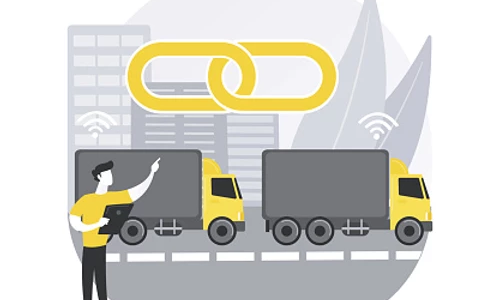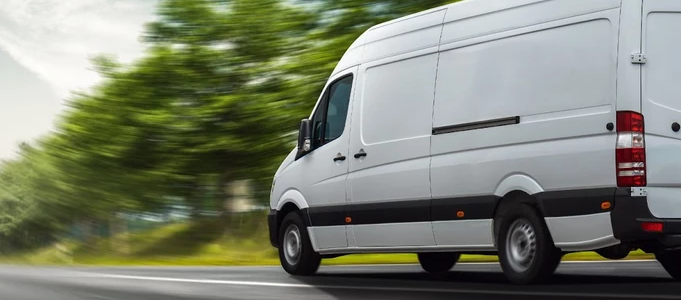How fleet dash cameras can help boost driver safety
Here you’ll learn about the dangers of distracted driving, and how to avoid it.
Paying full attention behind the wheel is critical for drivers, as soon as you start your vehicle. Good drivers can become dangerous “distracted drivers” if they use a phone, eat, drink or smoke, even around a parking lot. Distracted driving cameras can help companies combat risky driving.
Anything that makes you lose focus on the road for a second — even conversation with others in the vehicle, or a hands-free phone call — counts as distracted driving.
What are the risks of unchecked distracted driving?
Why is it so important to prevent these types of distractions, however small they might seem? In 2018 alone, NHTSA estimated there were 400,000 injuries caused by distracted driving.
NHTSA also estimates that collisions caused by distracted driving costs over tens of billions of dollars a year in damages, for things such as vehicle repair, litigation fees, rising insurance rates and more. As an employer, you may be liable for the negligible driving of on-duty employees.
Distracted driving cameras can be used to help coach drivers, enabling them to identify and reduce risky driver behaviors, including distracted driving.
Here’s how driver coaching and intelligent dash cameras with MV+AI can help:
-
Improve driver behavior
-
Learn from real-world examples of distracted driving
-
Encourage drivers to course correct
-
Reduce the risk of collisions
-
Increase road safety
There are many exciting fleet camera or video solution options out there, from live streaming and on-demand video, to infrared and ADAS. The best-fit camera for your fleet doesn’t need to have all the features — just the ones that meet your specific needs.
Integration with the MyGeotab platform means that companies can manage all fleet cameras from a single cloud dashboard. Through email alerts, containing video footage of risky driving incidents, businesses can use it to work with employees to help boost safe driving habits.
Are today’s EVs ready for fleet applications?
Most of the EVs being used by fleets today are in the light-duty and passenger classes, with a notable exception being transit buses. This is primarily a result of the fact that the existing models are suited for their use. Most newer BEVs have an effective range between 200-300 miles, which means they can handle a majority of daily driving needs on a single charge across all major cities in the United States and Canada. And with improvements to charging technology, these EVs can be fully charged overnight and will be ready for use the next day.
The area seeing the most growth right now is the light- to medium-duty sectors, specifically in industries like last-mile delivery. With high utilization and predictable shorter-distance routes, EVs appear to be a natural fit. Fully electric delivery vans are being used by some of the largest commercial fleets around the world.
-
Amazon ordered 100,000 electric delivery vans to be deployed between 2021 and 2024
-
DHL’s “Green Fleet” expansion is a part of their goal to have zero-emissions logistics by 2050
-
UPS will be adding 2,000 EVs per year to their fleet beginning this year, 2022
These are just some of the larger companies who have embraced electrification and many more have made commitments to completely transition away from internal combustion engine (ICE) vehicles over the next decade. The last remaining industry to explore is heavy-duty. Overall, EV adoption has been slower with heavy-duty vehicles and different industries are seeing different levels of success. As an example, long-haul delivery is still in the early stages of electrification due to challenges related to carrying capacity and range. However, even in the heavy-duty trucking market several vehicle options exist, they are currently being used for regional haul and yard trucks.
Additionally, electric transit and school buses have made significant headway and there are currently over half a million electric buses in circulation. Even though it may currently be behind in terms of adoption, the heavy-duty transportation industry is becoming a focus of regulatory action as it is a significant contributor of greenhouse gas emissions. For a complete roadmap on how to transition to EVs in 2022, contact us for an Electric Vehicle Suitability Assessment (ESVA) today.



